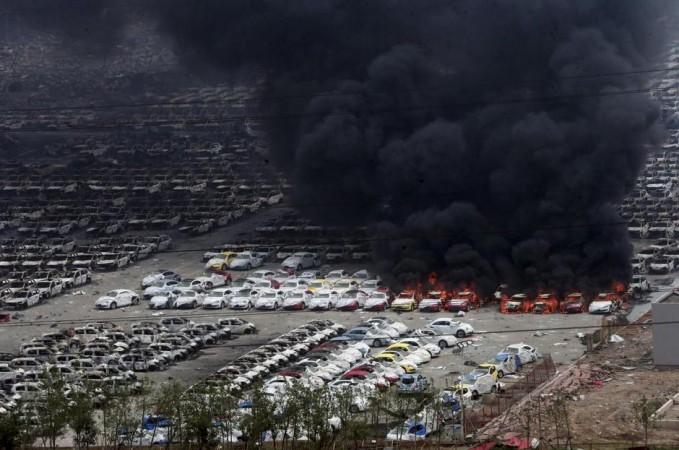
The waters around the site of the deadly chemical blast in China's Tianjin port city is said to have cyanide levels as high as 356 times the prescribed standard limit.
The 12 August chemical explosion had left 'hundreds of tonnes' of sodium cyanide exposed and some of it has reportedly leaked into the underground drainage system in Tianjin.
Chinese officials have now warned that the cyanide levels are more than 300 times the acceptable limits after conducting tests at 25 water monitoring sites, AFP reported.
"An excessive level of cyanide was detected in eight locations with the highest reaching 356 times the permitted level," an official from the Tianjin environmental protection bureau told the agency.
Earlier on Thursday, The Sydney Morning Herald had cited Chinese authorities stating that the cyanide levels in the water around the Tianjin port was 277 times the prescribed limits.
What had further compounded fears of a chemical disaster in the region was the forecast of a rain, because sodium cyanide releases the deadly hydrogen cyanide gas when it comes in contact with water, affecting a person's ability to breathe.
However, Chinese state-run media Xinhua reported that no toxic cyanide was detected in the first rain that fell over the region on Tuesday.
The deadly Tianjin blast killed 114 people, while about 70 people are still unaccounted for.

















